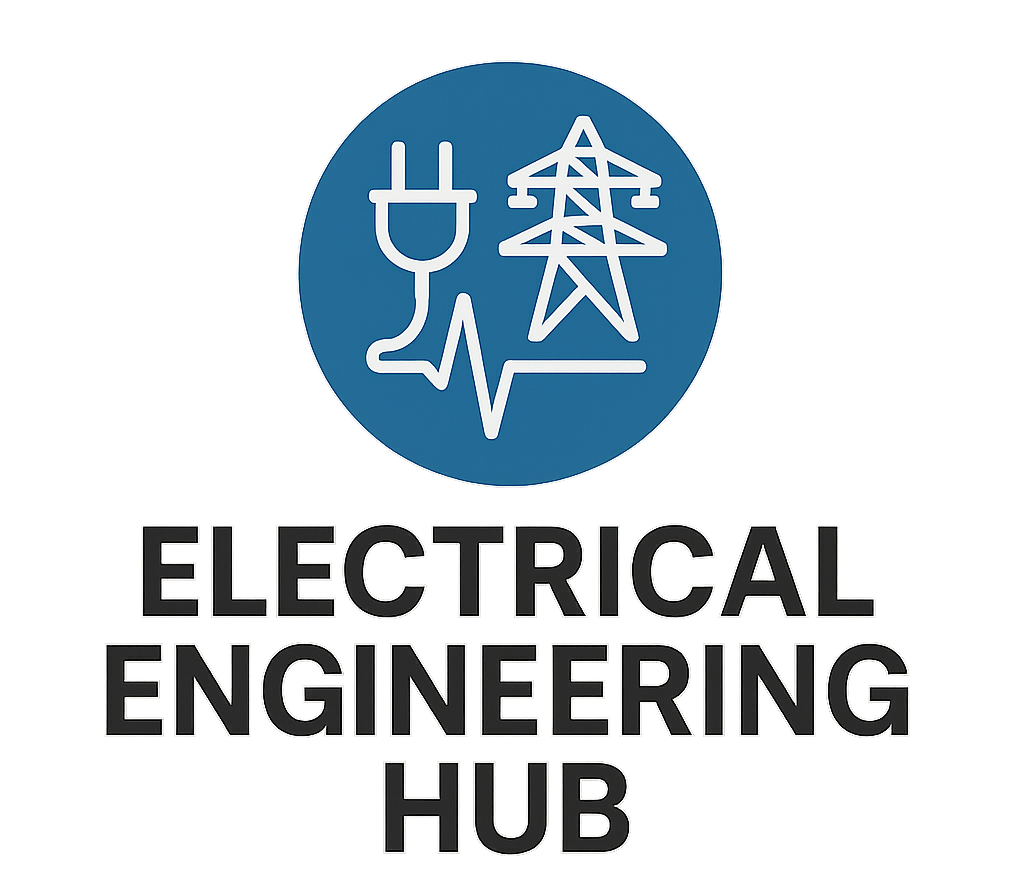What is an Ultrasonic Motor? Important Review
In the world of precision engineering and cutting-edge technology, many people are asking: “What is an ultrasonic motor?” These unique devices have emerged as a fascinating and innovative solution, harnessing the power of high-frequency vibrations to create motion. Ultrasonic motors offer advantages that traditional motors simply can’t match. In this comprehensive guide, we’ll explore what an ultrasonic motor is, how it works, and why it’s becoming increasingly important in various industries.

Table of Contents
What is an Ultrasonic Motor: An Introduction
To understand what an ultrasonic motor is, we need to start with the basics. At its core, an ultrasonic motor is a type of electric motor that uses ultrasonic vibrations to generate motion. Unlike conventional motors that rely on electromagnetic forces, ultrasonic motors employ high-frequency mechanical vibrations to create precise and controlled movement. This novel approach to answering the question “What is an ultrasonic motor?” has opened up new possibilities in various fields, from consumer electronics to medical devices and beyond.
The term “ultrasonic” in “What is an ultrasonic motor?” refers to sound waves with frequencies above the upper limit of human hearing, typically around 20 kHz. In ultrasonic motors, these high-frequency vibrations are put to work in a way that might surprise you. Let’s delve deeper into the inner workings of these innovative devices to better understand what an ultrasonic motor is and what makes it unique.
What is an Ultrasonic Motor’s Working Principle?
To fully grasp what an ultrasonic motor is, we need to explore how it functions. At the heart of every ultrasonic motor lies an ultrasonic transducer. This crucial element is responsible for converting electrical energy into mechanical vibrations at ultrasonic frequencies.
The ultrasonic transducer, central to understanding what an ultrasonic motor is, is typically made of piezoelectric materials. These materials have the unique ability to change shape when an electric field is applied to them. When an alternating current is fed into the transducer, it rapidly expands and contracts, creating high-frequency vibrations. These vibrations are then carefully directed and amplified to produce useful motion.
But how do these vibrations translate into rotary or linear motion? The secret lies in the clever design of the motor’s stator and rotor (or slider for linear motors). The stator, which houses the ultrasonic transducer, is engineered with specific surface features that help to guide the vibrations. When these vibrations interact with the rotor or slider, they create a series of microscopic elliptical motions at the contact points.
These tiny elliptical motions, occurring thousands of times per second, act like millions of miniature hands pushing the rotor or slider in the desired direction. The result is smooth, precise motion that can be controlled with remarkable accuracy. This unique mechanism is key to understanding what an ultrasonic motor is and how it differs from conventional motors.
What is an Ultrasonic Motor’s Significance in Modern Technology?
Now that we’ve explored the basics of what an ultrasonic motor is and how it works, you might be wondering about its significance in today’s technological landscape. The importance of ultrasonic motors goes far beyond their unique operating principle – they represent a paradigm shift in how we approach motion control and precision engineering.
Ultrasonic motors offer several distinct advantages over traditional electromagnetic motors. For one, they can provide high torque at low speeds without the need for gears or other reduction mechanisms. This makes them ideal for applications that require precise positioning or slow, controlled movements.
Another key benefit in understanding what an ultrasonic motor is comes from its compact size and low profile. Ultrasonic motors can be designed to be incredibly thin, making them perfect for use in small electronic devices like cameras, where space is at a premium. Their ability to hold position without power consumption is also a significant advantage in many applications.
Moreover, ultrasonic motors are immune to electromagnetic interference and don’t generate magnetic fields themselves. This makes them valuable in sensitive environments like MRI machines or other medical equipment where electromagnetic emissions could be problematic.
What is an Ultrasonic Motor’s Driving Mechanism?
Understanding what an ultrasonic motor is also involves grasping how to drive its ultrasonic transducer. This process is crucial to harnessing the full potential of ultrasonic motors. It involves generating and controlling the high-frequency electrical signals that power the motor’s operation.
Typically, a specialized driver circuit is used to produce the required alternating current. This circuit must be capable of generating signals in the ultrasonic range, often between 20 kHz and several hundred kHz, depending on the specific motor design.
The driving signal must be carefully tuned to match the resonant frequency of the ultrasonic transducer. Operating at resonance allows for maximum energy transfer and efficiency. Additionally, the amplitude and phase of the driving signal can be modulated to control the motor’s speed and direction.
Advanced driving techniques may involve using multiple phases or complex waveforms to optimize performance. Some ultrasonic motor systems even incorporate feedback mechanisms to maintain precise control over position and speed. These sophisticated driving methods are integral to what an ultrasonic motor is and how it achieves its remarkable performance.
What is an Ultrasonic Motor’s Future?
As we look to the future, the potential applications for ultrasonic motors continue to expand. Researchers and engineers are constantly pushing the boundaries of what these innovative devices can do, exploring new materials, designs, and control strategies to enhance their performance.
One exciting area of development in answering “What is an ultrasonic motor of the future?” is in the field of microrobotics. The compact size and precise control offered by ultrasonic motors make them ideal for powering tiny robots that could revolutionize fields like minimally invasive surgery or micromanufacturing.
Another promising avenue is the integration of ultrasonic motors with smart materials and adaptive control systems. This could lead to motors that can automatically adjust their behavior based on changing conditions or requirements, opening up new possibilities in automation and robotics.
As our understanding of what an ultrasonic motor is and what it can do deepens, we’re likely to see these devices become increasingly common in our everyday lives. From more efficient and compact consumer electronics to advanced industrial and medical equipment, ultrasonic motors are poised to play a significant role in shaping the technology of tomorrow.
In conclusion, the question “What is an ultrasonic motor?” leads us to a fascinating blend of physics, materials science, and engineering ingenuity. By harnessing the power of high-frequency vibrations, these innovative devices offer unique capabilities that are driving advancements across a wide range of industries. As we continue to explore and refine this technology, the answer to “What is an ultrasonic motor?” is likely to evolve, revealing ever more impressive and transformative applications.
Worth Read Posts
- 555 Timer IC Pins Configuration
- Power Transformer Testing
- Power Transformer Parts
- Hysteresis Loss and Eddy Current Loss
- Derivation of Hysteresis Losses
- Transformers: Important Types, Features & Components
- Transformer Tests Before Commissioning
- Transformer Electrical Interview
Follow us on LinkedIn, “Electrical Insights,” to get the latest updates on electrical Engineering.




